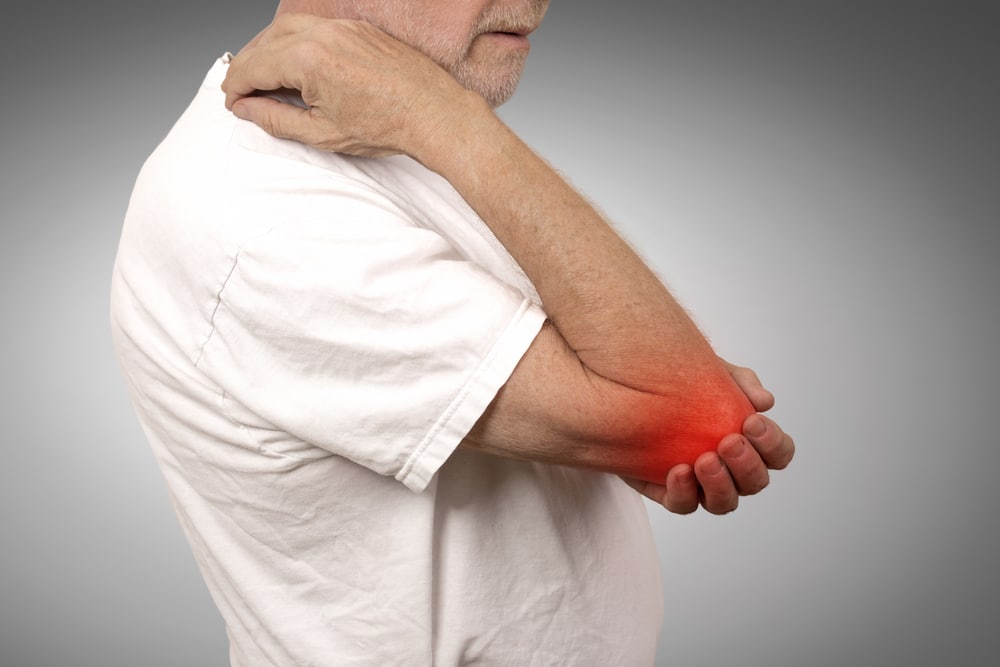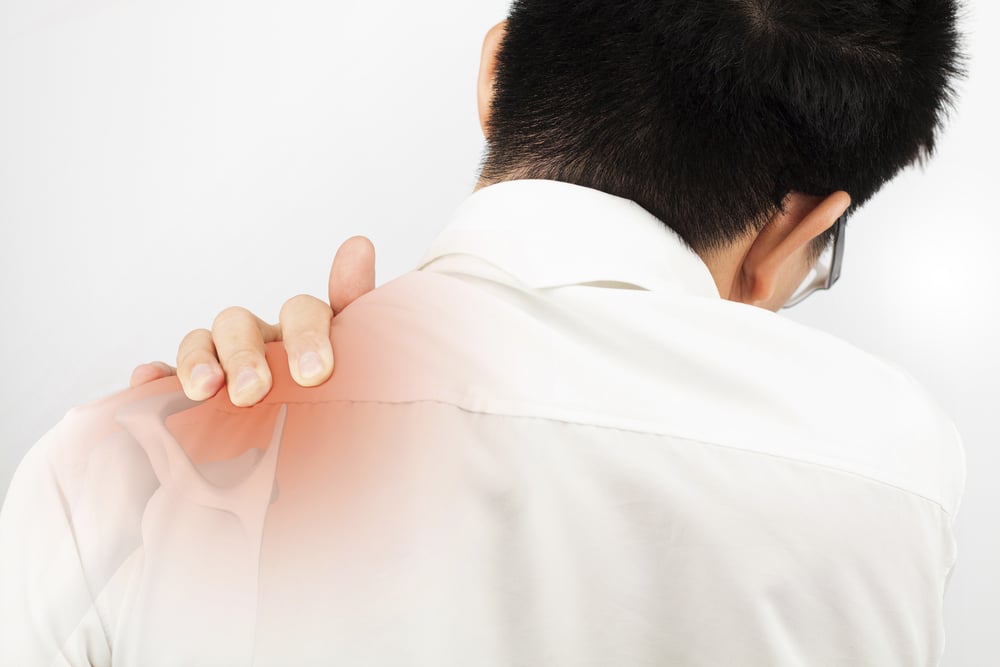
Thoracic Outlet Syndrome
Chiropractic Relief for Thoracic Outlet Syndrome
If you are experiencing pain in the shoulder, upper chest, or lower neck area and aren’t sure of the cause, you may be experiencing Thoracic Outlet Syndrome. Especially prevalent in females between 20 and 40 years of age, this somewhat rare syndrome is often overlooked or misdiagnosed when patients present with numbness or tingling in the hands and fingers. Too often it is dismissed as tendonitis or overuse of the upper extremities.
What is Thoracic Outlet Syndrome?
As a group of disorders, Thoracic Outlet Syndrome occurs when the nerves and/or blood vessels that run between the collarbone (clavicle) are pressed on the first rib. This compression of the nerves causes pain in the shoulders and neck and can cause numbness down the arms to the hands and fingers.
Depending on the structure being compressed, the syndrome manifests in different ways:
- Neurogenic or neurological—caused by compression of the brachial plexus, a bundle of nerves that originate in the spinal cord and are responsible for muscle control and movement in the shoulder, arm, hand and fingers.
- Vascular—caused by depressed veins or arteries under the clavicle/collarbone.
- Nonspecific—defined by chronic pain but a cause can’t be determined.
What Are the Causes?
Most often, the causes of Thoracic Outlet Syndrome are either anatomical or acute. If someone is born with an anatomical abnormality, such as an extra rib, this syndrome is sometimes the result. Conversely, if someone experiences acute injuries suffered from a car or motorcycle accident, or sustains some job- or sports-related injuries, this can also lead to the syndrome.
Lastly, obesity, poor posture, or pregnancy can create a situation where the nerves or blood vessels become compressed. Often losing weight or giving birth will correct the pinched nerves or vessels completely alleviating the Thoracic Outlet Syndrome.
How Do the Symptoms Present?
In Thoracic Outlet Syndrome, the symptoms manifest based on type of compression whether that be nerve related or blood flow related and can be defined as follows:
-
Neurogenic
- Numbness or tingling in the upper extremities
- Either sharp pain or aches in the neck and shoulder and sometimes the hand
- Gilliatt-Sumner Hand – a muscle wasting evident in the fleshy part at the base of the thumb
- Weakened gripping or holding ability
-
Vascular
- Blood clots in upper extremities
- Throbbing or pain near the clavicle
- Numbness or tingling in the fingers
- Weak pulse
- Cold or blue fingers and hands
- Weakness in arm or neck
Can Chiropractic Care Benefit Thoracic Outlet Syndrome?
Through a well-considered chiropractic care plan that includes manipulation and massage therapy, as well as syndrome-specific exercises specifically developed to alleviate the compression causing discomfort, patients can expect to make full recoveries in most cases. In addition, treatment options may include manual trigger-point therapy, stretching, and postural instruction. And with 90% of syndrome cases being neurologic in origin, chiropractic care is uniquely poised to provide solutions.
When evaluating Thoracic Outlet Syndrome, it’s imperative to have an experienced provider like the professionals at Amazing Life Chiropractic and Wellness. They have an understanding of the unique aspects of this syndrome, but also use a holistic approach when evaluating and developing a treatment plan for their patients. This includes delving into all components of the patient’s lifestyle from exercise to nutrition.
Our dedicated team at Amazing Life Chiropractic and Wellness are available to answer your questions and evaluate your healthcare needs. Call us — Our goal is your good health!





